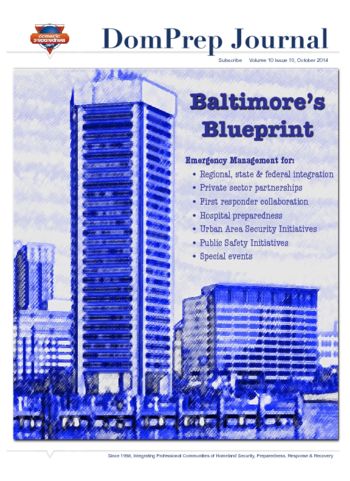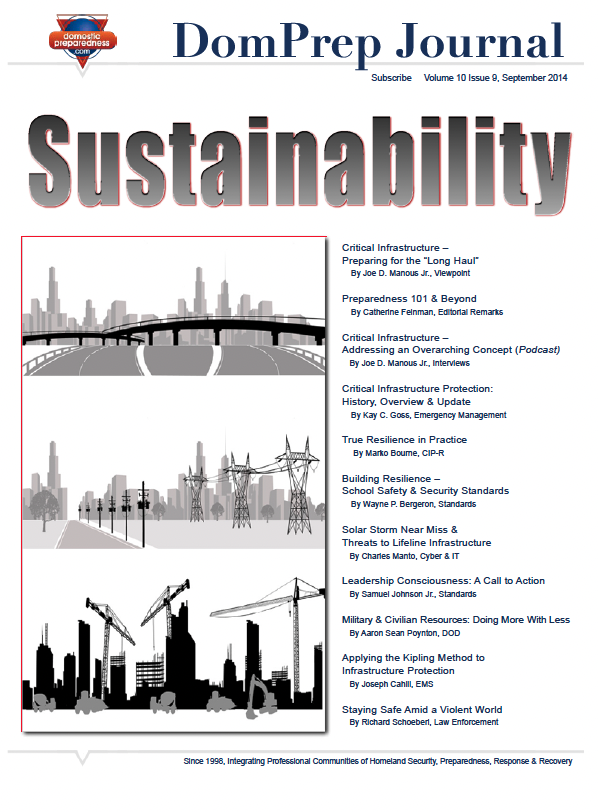










Subscribe today to Domestic Preparedness and get real-world insights for safer communities.
Subscribe today to Domestic Preparedness and get real-world insights for safer communities.

2883 Highway 71 E
P.O. Box 285
Del Valle, TX 78617-9998
Founded in 1998, Domestic Preparedness continues to be a pioneering thought leader in the emergency preparedness, response, and recovery space. The multidisciplinary editorial focus helps professionals acquire critical information to develop collaborative, real-world solutions. With relevant, multidisciplinary, whole-community intelligence from the front lines, practitioners can learn from diverse perspectives. The authoritative, practitioner-centered, multimedia information platform disseminates intelligence the way busy management-level public- and private-sector professionals want to learn. This is the trusted source for content written by practitioners, for practitioners, with relevant, real-world best practices.

2883 Highway 71E
P.O. Box 285
Del Valle, TX 78617-9998
Founded in 1998, Domestic Preparedness continues to be a pioneering thought leader in the emergency preparedness, response, and recovery space. The multidisciplinary editorial focus helps professionals acquire critical information to develop collaborative, real-world solutions. With relevant, multidisciplinary, whole-community intelligence from the front lines, practitioners can learn from diverse perspectives. The authoritative, practitioner-centered, multimedia information platform disseminates intelligence the way busy management-level public- and private-sector professionals want to learn. This is the trusted source for content written by practitioners, for practitioners, with relevant, real-world best practices.